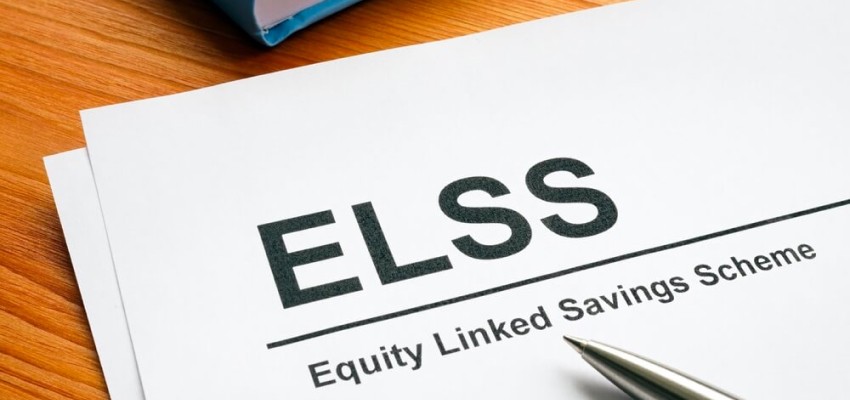When it comes to reducing the income tax burden, Section 80C is the go-to choice for many taxpayers. Under this section, individuals can claim a deduction of up to Rs 1.5 lakh per financial year by investing in various eligible products. Among these, Equity Linked Saving Scheme (ELSS) stands out as a popular choice due to its short lock-in period and its potential to deliver better returns in the long run compared to fixed deposits and other Section 80C investments. Here are some tips to maximise your ELSS fund returns.
Choose the right ELSS fund
To maximise returns, carefully select the best ELSS mutual fund. Evaluate factors such as historical returns over five to 10 years, the fund manager’s expertise and track record, expense ratio, portfolio allocation, and risk profile. Compare these factors with the performance of the benchmark and peer ELSS schemes to make an informed decision.
Opt for the SIP-SWP combo
Starting a Systematic Investment Plan (SIP) in an ELSS scheme for the long term is a common approach to maximise returns. However, here’s a smart hack – after completing the lock-in period of three years, in the 37th month, initiate a Systematic Withdrawal Plan (SWP).
You can select different ELSS schemes for the SWP so that your tax-saving investments are continued. Since the lock-in period of ELSS investments ends after three years, you can withdraw the units purchased 36 months ago. This innovative strategy makes your ELSS investments self-sustaining, requiring no fresh contributions while optimising Section 80C benefits.
Tax gain harvesting
Tax gain harvesting in an ELSS fund is a clever strategy. It involves selling units of the fund that have appreciated in value to realise capital gains of up to Rs 1 lakh, which is exempt from tax. This prevents the gain amount from exceeding Rs 1 lakh and being taxed at a 10% rate. Subsequently, you can reinvest the proceeds in the same or similar ELSS funds to maintain your overall position. Keep in mind the three-year lock-in period for ELSS funds as you cannot redeem units before this duration.
Understanding SIP lock-ins
When investing in an ELSS fund through the SIP route, remember that each SIP instalment is locked in for the subsequent three years from the investment date. For example, if you begin an SIP on 1st April 2023 of Rs 15,000, the first instalment will be locked in until April 2026, the second instalment until May 2026, and so on.
Emphasising long-term consistency
Finally, it’s crucial not to base investment decisions solely on short-term performance. ELSS funds can shine when you factor in their consistent performance and long-term trajectory. A prudent approach includes remaining invested for longer than just the lock-in duration to avail the complete benefits.
Conclusion
ELSS funds present an excellent financial option for both wealth creation and tax saving. By understanding as well as implementing these tips, you can make the most out of ELSS funds to not just lower your tax liability but even form a pragmatic financial base for your future. So, begin investing wisely and watch your wealth grow over time with ELSS funds.

